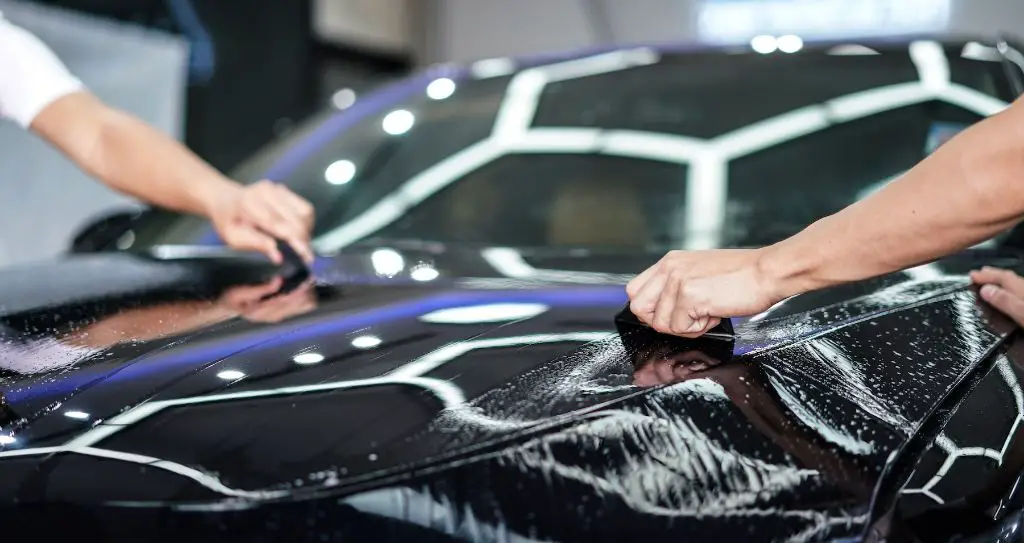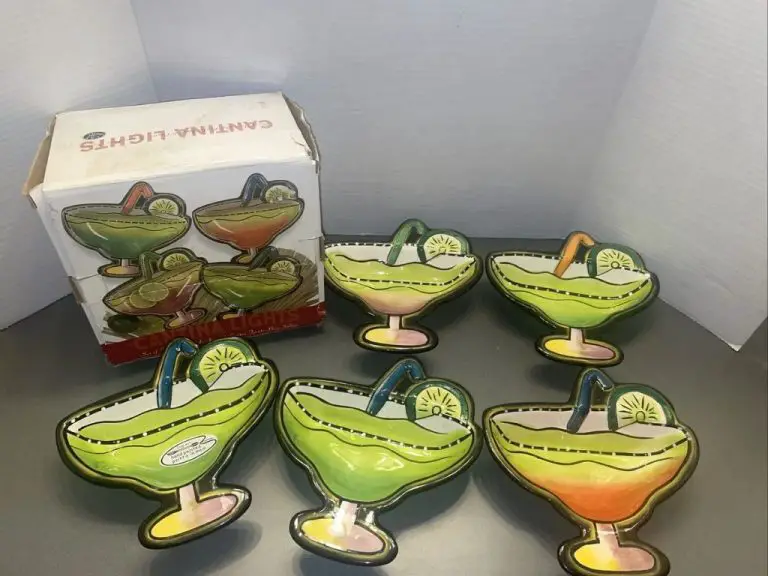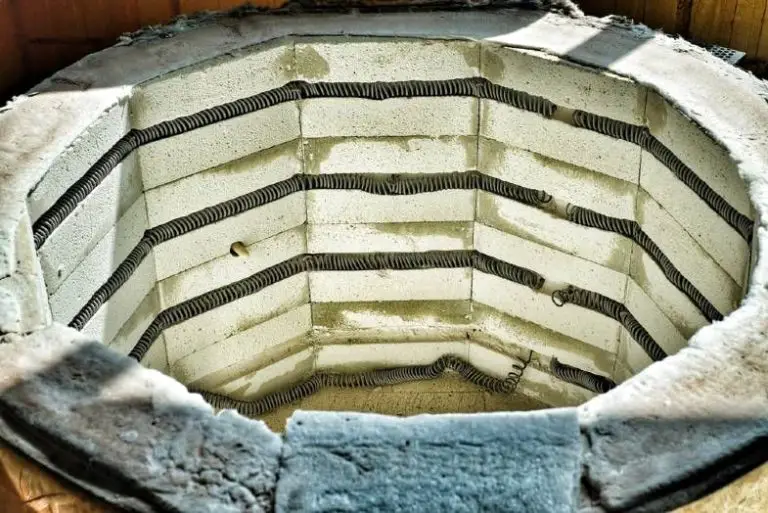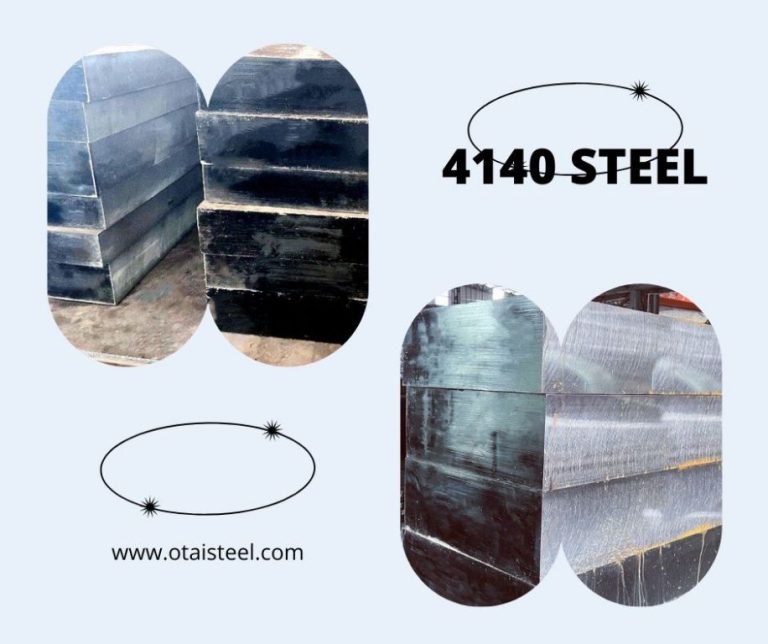How Long Does Ceramic Coating Last?
What is ceramic coating?
Ceramic coating is a liquid polymer sealant that is applied to painted surfaces on vehicles to provide protection and shine. It forms a durable, semi-permanent hydrophobic layer that bonds to the paint and creates a smooth, glass-like coating. Ceramic coatings are made from silicon dioxide or silica, which are inorganic nanoscopic materials, and other chemical formulations [1].
There are different types of ceramic coatings, but most work by forming a chemical bond with the vehicle’s clear coat to create a protective barrier. This provides benefits like:
- Protection from UV rays, dirt, pollutants, and minor scratches
- Easier washing and cleaning
- Enhanced gloss and shine
- Hydrophobic properties that repel water and help prevent water spots
Unlike waxes that sit on top of the clear coat, ceramic coatings chemically bond to the surface to provide more durable and long-lasting protection. The coating’s hardness and smoothness also make it easier to keep the paint looking clean by causing water and contaminants to bead up and roll off the surface.
Ceramic coating durability
A properly applied and maintained ceramic coating can last several years on a vehicle’s exterior surfaces. Ceramic coatings are more durable compared to other paint protection options like waxes or sealants. According to Gleamworks, ceramic coatings can last 2-5 years if maintained properly.
The durable ceramic coating forms a chemical bond to the vehicle’s clearcoat, creating a glass-like layer that is more resistant to contaminants. This protects the paint from fading, oxidation, scratches, etching, and water spots over an extended period. However, the coating’s longevity depends on proper prep work, application, curing, and maintenance.
Factors affecting lifespan
The durability of a ceramic coating depends on several key factors:
The quality of the ceramic coating product used has a big impact. Higher end, professional-grade coatings like Gtechniq Crystal Serum Light last longer than cheaper DIY options, with warranties up to 7 years for the coating itself. Consumer-focused brands may offer just 2-3 years of protection (Source).
Proper preparation and application is crucial. The car’s surface must be thoroughly decontaminated, polished and primed first. Then the coating should be applied evenly according to the product’s instructions, in a dust-free space. Rushing the job or poor technique leads to uneven coating and earlier failure (Source).
Environmental climate and conditions also play a role. Constant exposure to sun, high temperatures, snow, ice, salt, pollution and debris take their toll. Cars kept garaged last longer. Northern climates see coatings degrade faster than warmer southern regions (Source).
Lastly, frequency of washing and maintenance impacts durability. Regular proper washes preserve the coating. Letting dirt and contaminants build up wears it down quicker (Source).
Maintenance

Proper maintenance is crucial for maximizing the lifespan of ceramic coating. It’s recommended to wash the vehicle at least once a week, more frequently if driving in dirty or winter conditions (Source). When washing, use a pH neutral soap and soft microfiber mitts to avoid scratching the coating. Avoid using harsh soaps or detergents. It’s best to use dedicated ceramic coating wash products.
Automated car washes should also be avoided as the brushes can damage the coating over time (Source). Touchless automated washes are less abrasive if needed in a pinch. Handwashing is ideal.
Applying ceramic boosters or spray sealants every 3-6 months can help prolong the protection and hydrophobic properties of the coating (Source). These maintenance products rejuvenate the coating without needing to fully reapply.
When to Reapply
Most professional-grade ceramic coatings should last between 2-5 years before needing reapplication, according to Allure Detail[1]. While cheap DIY ceramic sprays may only last 6 months to a year, a professional ceramic coating applied properly can remain durable and protective for up to 5 years.
It’s generally recommended to reapply ceramic coating once it starts to show signs of wear. This includes fading, reduced glossiness, waterspots sticking, contaminants bonding easier, and reduced slickness or self-cleaning properties[2]. As the coating wears down over the years, reapplying it will refresh the paint protection and restore the hydrophobic properties, beading effect, and shine.
According to Moto Sites, the optimal time to reapply ceramic coating is usually every 2-5 years, but depends on factors like usage, maintenance, and exposure to the elements[3]. More frequent washing, environmental contaminants, and driving conditions can wear down the coating faster. Keeping an eye on the condition annually can help determine the best time for reapplication.
Sources:
[1] https://www.alluredetail.com/how-long-does-ceramic-coating-last-on-a-car
[3] https://motosites.com/does-ceramic-coating-last/
DIY vs professional ceramic coating application
When it comes to ceramic coating application, vehicle owners have two options – do it yourself (DIY) or hire a professional detailer. DIY ceramic coatings provide a more affordable option, with kits starting at around $50. However, they require the proper preparation and application technique to achieve results comparable to a professional job. According to Tinting Chicago, DIY application can lead to an uneven finish if not applied correctly.
Professional detailing shops have experience properly prepping and applying ceramic coatings for a smooth, uniform finish. They use techniques like paint correction to remove swirls and imperfections first. Professionals also use tools like an infrared thermometer to ensure proper curing of the coating. The cost of professional ceramic coating application ranges from $1000-2000 for the average sedan. While pricier, professional-grade ceramic coatings provide longer protection and better shine when applied correctly.
Ceramic coating prep
Proper preparation of the paint is crucial before applying a ceramic coating. The goal is to ensure the surface is completely clean and free of any contaminants that could reduce the bonding or longevity of the coating. According to the YouTube videos “Prepping car for ceramic coating application” (https://m.youtube.com/watch?v=jgHgLykc5YY) and other videos on the Buffed Out Detail channel (https://www.youtube.com/channel/UCsqO4Y9nKQ1t9lNEY-Dv7gA/videos), key steps for prep include:
Wash and decontaminate the paint thoroughly – The first step is to wash the vehicle using the two bucket method with a pH neutral soap. This helps remove any loose dirt or contaminants on the surface. After washing, a decontamination process should be done using a clay bar or mitt to remove bonded contaminants like industrial fallout that normal washing won’t remove.
Remove swirls and imperfections – The next step is paint correction to remove any swirls, scratches, oxidation, or other imperfections in the clearcoat. This ensures the ceramic coating bonds to a perfectly smooth surface. Paint correction typically involves polishing with a dual-action polisher.
IPA wipedown – The final step is to do an IPA (isopropyl alcohol) wipe down. This helps remove any remaining oils or residues on the surface before applying the ceramic coating. Ensuring the paint is perfectly clean helps the coating properly bond to the surface.
Ceramic coating curing
Once applied, a ceramic coating requires a curing period of days or weeks in order to fully set and achieve its maximum durability and shine. During this curing period, it is critical to avoid getting the coating wet or exposing it to harsh chemicals. According to Feynlab, ceramic coatings typically take 2-3 weeks to fully cure.
The curing process allows the coating to completely bond to the vehicle’s surface. During this time, the coating is still relatively soft and vulnerable. Exposure to moisture or chemicals can damage the coating or prevent proper curing. Car owners should avoid washing, waxing, or using any harsh products on the ceramic coating until it is fully cured.
Once the ceramic coating has fully cured, which can take up to a month, it will be much more durable and resistant. But the curing period requires diligent care and protection to achieve maximum results. Following the installer’s recommendations is key to allowing the ceramic coating to properly set during this critical time.
Cost
The cost of ceramic coating can vary significantly depending on whether you choose a DIY kit or hire a professional detailer. DIY ceramic coating kits typically range from $50-200 for enough product to coat one vehicle. The product is relatively easy for an automotive enthusiast to apply at home following the included instructions.
Professionally applied ceramic coatings start around $1000-2000 for a basic protection package on a standard sized vehicle. Most professional detail shops offer complete paint correction and prep services along with the ceramic coating, which can bring the total cost to $3000-5000 for a premium multi-layer coating. The professional route ensures proper preparation and application for maximum durability and gloss.
Factors like vehicle size, number of layers applied, and additional services like paint correction affect professional ceramic coating pricing. High-end exotic vehicles can cost $5,000 or more for a top-tier ceramic coating service. Overall, professional application delivers longer protection and better shine compared to DIY kits.
Types of ceramic coatings
There are several main types of ceramic coatings, differentiated by their chemical composition:
Silica-based
Silica-based ceramic coatings like SiO2 contain silicon dioxide as the main component. They create a hydrophobic barrier on the paint surface that repels water and contaminants. Popular brands like Opti-Coat Pro use nanotechnology to create a durable 9H coated surface. According to Kleenwhips, silica coatings last 1-3 years with proper maintenance.
Silane-based
Silane-based coatings use silane monomers to bond to the paint surface. Brands like Cerakote use this technology to create a slick ceramic polymer layer up to 100 times thicker than traditional waxes. Silane coats are easy to apply and highly durable, lasting 3-5 years with care. They resist UV rays, chemicals, scratches, and swirl marks.
Graphene-based
Graphene is an ultra thin carbon material added to ceramic coatings like Adam’s Polishes Graphene Spray Coating. It makes the coating incredibly hydrophobic, producing a deep glossy shine. According to Baltimore Detail, graphene ceramic coats typically last 1-2 years with maintenance. They offer great protection and durability for their price point.



